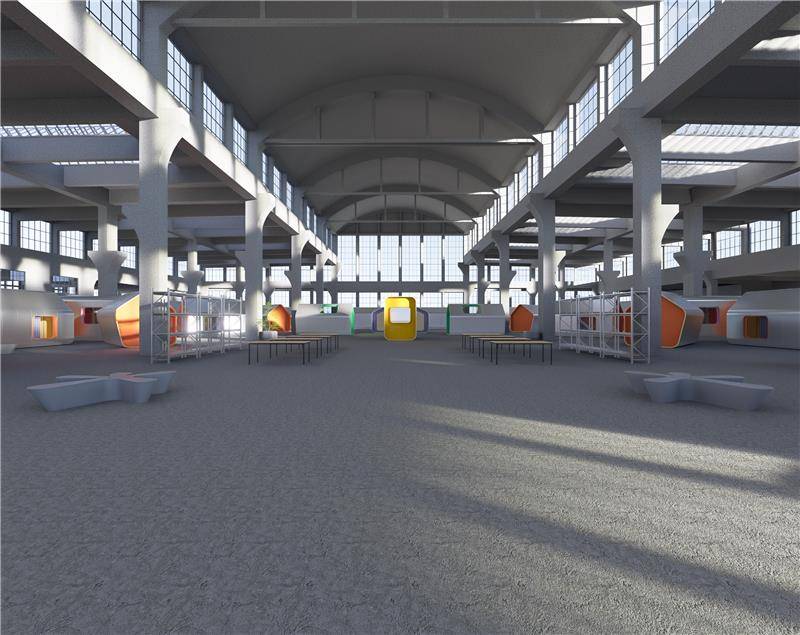Final projects

Architectural Intervention to Combat Homelessness in Prague
Architecture and Urbanism, MA diploma project

Annotation
Based on the aforementioned data and a detailed analysis of homelessness in the Czech Republic, particularly in Prague, the concept for this diploma project was developed. Given the current situation and the fact that the issue of homelessness is most severe in Prague, the project will focus on the area of Prague. Project is imagined not to be location-based but rather adaptable. The project will consist of multiple components, including: providing temporary shelters, temporary hygiene facilities, affordable housing, and other supportive structures. All that, in order to create a comprehensive approach to addressing homelessness. Due to the nature of the problem and the fact that homeless individuals are dispersed across the city, the project envisions small-scale facilities spread across multiple locations to serve as many people as possible. The idea is to create a manual for addressing homelessness through architecture, detailing how, where, and in what manner these structures should be placed. In the case of temporary shelters, inspired by analyzed case studies, they would not be restricted to a fixed location. Instead, different types would be designed based on their potential placement - on the ground, on water, or attached to existing structures, such as building facades or bridge piers. Since temporary shelters provide only immediate relief and do not address homelessness as effectively as permanent affordable housing, the project also aims to incorporate long-term housing solutions. Both temporary and permanent housing models will be designed as modular structures, allowing them to be installed individually or grouped together to form communities, depending on spatial constraints. The idea is for all structures to be mobile, easily assembled and disassembled, so they can be removed if they are no longer needed. Additionally, it is crucial to use affordable materials, as budgets for tackling homelessness are typically limited. Although this research has led me to conclude that homelessness will never be completely eradicated, I believe that this is an issue that architects, and especially future architects, do not engage with enough. Therefore, I want to take on this challenge and, through this experimental project, attempt to develop a solution that could potentially make a difference for those in need.
